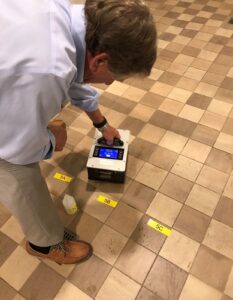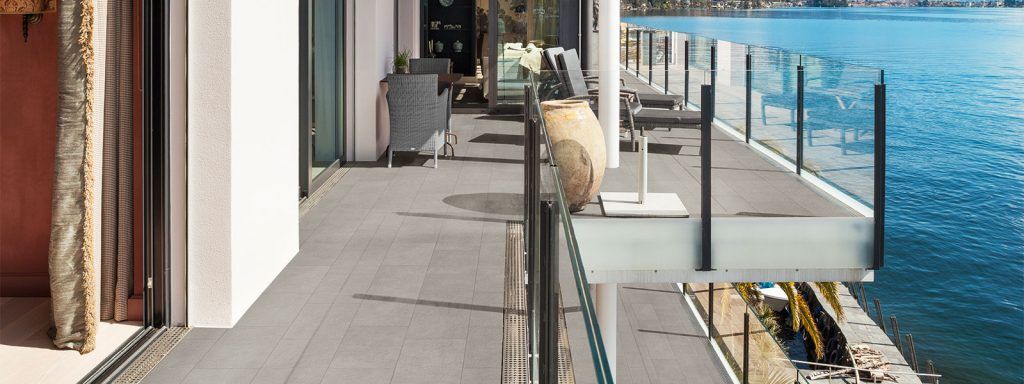
This month I wanted to do something a little different.
As you guys already know, I oversee all aspects of quality assurance and quality control for our tile division. My scope and responsibilities range from reviewing tile specifications in early schematic design to assisting with post jobsite issues and concerns at the contractor level. This means that the type of questions that my department will come across are wide and varied. From understanding TCNA substrate requirements for a proper on-grade installation to assessing efflorescence and leaching in latex modified grout – the types of questions I receive are unpredictable.
To better identify, understand, and organize these questions – I first had to quantify all the information into subcategories. This undertaking revealed to me (with a certain degree of surprise) one thing – I get asked the same questions a lot! So, I wanted to share with you the 5 most frequently asked questions (FAQ) and issues pertaining to tile that I’ve received over the past 3 months.
By the way, these are in no particular order…
As I mentioned in my July blog, lippage isn’t the result of a singular factor. Many times, it is the combination of several factors. In order to best minimize lippage in a finished installation, remember these tips:
Tiles are incredibly strong and durable. The breaking strength and modulus of rupture are unmatched for hard finished surfaces. However, tile is only as strong as the foundation it sits on. And in this case, we are talking about mortar. Follow these steps and say goodbye to cracks. (Assuming the substrate meets TCNA deflection requirements and is structurally stable)

Dynamic Coefficient of Friction (DCOF) is the frictional resistance one pushes against when already in motion. For DCOF, a slip occurs when pushing off with more force than the surface can resist. In North America, the tile industry uses the DCOF Acutest per ANSI A137.1 to measure the DCOF rating of tiles. According to this standard, ceramic tiles selected for level interior spaces expected to be walked upon when wet must have a minimum wet DCOF Acutest value of 0.42. However, having a rating below this rating, or higher than this rating does not automatically determine suitability or appropriateness of the tile. Type of use, traffic, maintenance, and wear are important and must be considered by the specifier.

Ceramic tiles that absorb less than 3.0% of water or moisture and meet or exceed freeze/thaw cycles (ASTM C0126) can be used in exterior applications. However, industry experts feel that only porcelain tiles that absorb less than 0.5% water/moisture and meet or exceed C1026 freeze/thaw cycles should be used. And remember, exterior applications require 95% mortar coverage below the tiles.
Nope! Porcelain tiles are free of petroleum, formaldehyde, volatile organics, and toxic chemicals. In fact, it is one of the safest finished products out there. The three basic components are clay, feldspar, and sand – all naturally occurring elements that come from the ground. For a detailed response to this question, check out my full blog from this past summer.
Well, there you have it! Come back and check out my next blog in January of 2020. We’ll jump into gauged tiles and panels – and my top tips/tricks for a successful installation
See you in the new year!
-Ken